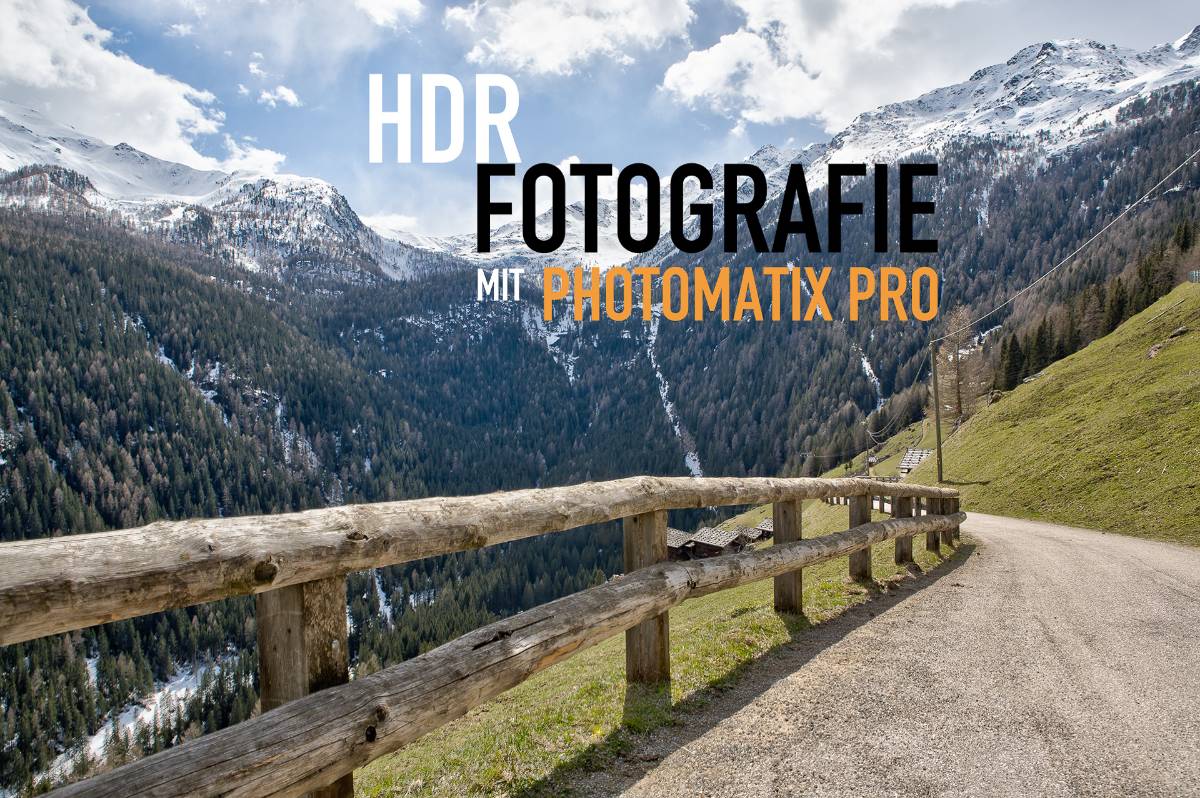

Leave this option on, but just reduce noise on the underexposed images, since that is where noise is generally the most prevalent. You can have Photomatix reduce noise on underexposed images, or on normal and underexposed images, or leave it off entirely.
Reduce Noise: Photomatix will help you keep digital noise under control, and provides a few options for doing so. If you do, just deal with it in Photoshop using the Clone Stamp Tool or by masking it out using different layers. In fact, you should leave it unchecked whether you think you have an issue with ghosting or not. In this case, my photos have no such ghosts, so I left the box unchecked. Remove Ghosts: If there are objects that moved during your shots, it tends to create what are called “ghosts” and Photomatix can help you remove them. Both options (by correcting shifts and by matching features) generally work fine, so just try them both and use whichever one you feel does the best job for you. I find that having Photomatix align images by correcting horizonal and vertical shifts tends to do a slightly better job. Aligning Images: Photomatix will do its best to align your images, and will generally do a good job of it, even where you hand held your shots and moved a little bit between shots. The settings in the box above are the settings you should generally use, and the ones that will be used for the examples in this article. When import your photos into Photomatix, you will immediately be faced with a dialog box giving you some preprocessing options. Step 2: Set Your Preprocessing Selections Your photos will open up in Photomatix and you will be ready to go. Select Export, and then select Photomatix Pro. One of the options that appears will be Export. Just select the photos you want to use in Lightroom, then right-click your mouse. 
If you have Lightroom, the process is even simpler, as Photomatix interfaces really well with Lightroom. I have selected 3 photos, but if you have bracketed 5 or even 7 photos, you can select all of them. Just open the program and then, at the top left of the screen, click on the button that says “Load Bracketed Photos.” When you do so, the following dialog box will appear:Ĭlick on the Browse button, select the photos you want from your hard drive, and click OK. Importing your photos into Photomatix is simple. Obviously the first step in using Photomatix is getting your photos into the program. Original photos before processing by Photomatix Pro Step 1: Import Your Photos into Photomatix The remainder of this article will go through those steps in order.
Setting the style of processing you want to performĮach of these steps is super simple. Importing the photos you want into Photomatix. Using Photomatix boils down to just four steps: That will make your Photomatix experience much simpler, and will also result in better pictures. You should let Photomatix do what it does best (Tone Mapping and Exposure Fusion) and let Photoshop and Lightroom do what they do best (affecting brightness, contrast, and color). That is because, for the most part, these are controls for things that can be done better in Photoshop or Lightroom. You will notice as we go though this process that some of the sliders and controls get glossed over. In doing so, you will learn about some of the key sliders and controls. 
#Photomatix pro software how to#
After that you will learn how to use the Tone Mapping and Exposure Fusion modules to create your HDR photos. In this article, you will learn how to set up Photomatix so that these dialogue boxes can be clicked through quickly.

When you first see the different dialogue boxes and multiple sets of controls, however, it can appear overly complicated. Using Photomatix is fairly simple, once you know how to use it. If you don’t already own it, I recommend buying it. It costs $99 and operates as a stand-alone program, or works within Photoshop and Lightroom. When it comes time to do that processing, there is perhaps no more widely used program than Photomatix Pro. The idea of high dynamic range (HDR) photography is that you will take your set of bracketed photos and process them in a dedicated HDR program on your computer.








 0 kommentar(er)
0 kommentar(er)
